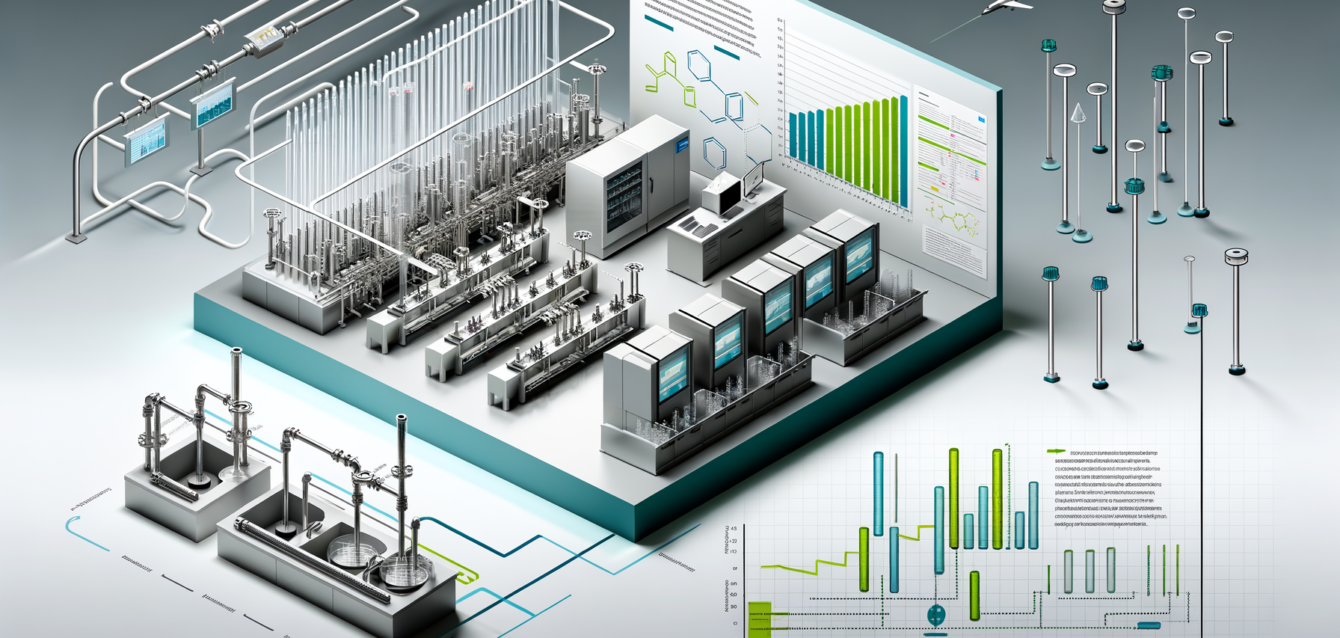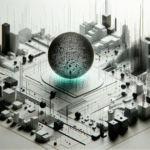How Will AI and Robotic Technology Transform the Coming Years?
- AI and robotics are set to revolutionize various industries, improving efficiency and safety.
- Advanced robotics will operate autonomously, capable of learning from real-world scenarios.
- Challenges such as ethical implications and economic viability must be addressed as technologies develop.
- Collaboration across sectors will be essential for responsible implementation of AI and robotics.
- The timeline to 2030 anticipates significant transformations in key sectors including healthcare, logistics, and smart cities.
Table of Contents
- The Dawn of Expanded Autonomy and Intelligence
- Industry-Specific Transformations: Champions of Change
- Consumer and Service Applications: Convenience Redefined
- Emerging Robotics Technologies: Flexibility and Functionality Unleashed
- Challenges and Considerations: Navigating the Future Responsibly
- Global Trends to 2030: A Sector-by-Sector Breakdown
- Conclusion
The Dawn of Expanded Autonomy and Intelligence
Imagine a world where robots function with an unprecedented level of autonomy, independent from human oversight, capable of adapting to real-world scenarios in real time. Thanks to advances in AI algorithms, sensor technology, and computing power, we are on the verge of a new era where robots not only operate autonomously but also make decisions based on complex datasets.
This leap in capability is being described as “Physical AI.” Unlike traditional robotics that relied on rigid programming, these advanced systems can train in simulated environments, learning from experience much like humans do. This mirrors the revolutionary impact of large language models on the digital landscape and is set to redefine our interactions with the physical world. For a deeper exploration of these developments, see the insights from Azorobotics and the International Federation of Robotics.
Industry-Specific Transformations: Champions of Change
- Manufacturing: The manufacturing sector stands to gain significantly from AI-powered robots capable of conducting precision quality inspections, automating assembly lines, and even enhancing workplace safety. The integration of collaborative robots, or “cobots,” which work alongside human operators, highlights the potential to both boost production efficiency and reduce the likelihood of workplace injuries. Explore these trends further through the analysis of the Future of the Robotics Markets.
- Healthcare: AI robotics are already making strides in healthcare. From assisting in delicate surgeries to monitoring patient health, these advanced systems are designed to increase accuracy and operational efficiency. This frees healthcare professionals to focus on the complexities of patient care rather than mundane tasks. For further insights into healthcare innovations, refer to the detailed overview provided by GlobeNewswire.
- Logistics and Warehousing: The logistics sector is transforming with the implementation of autonomous robots. These machines manage inventories, automate warehouse processes, and move goods rapidly and accurately. The rise of humanoids and mobile robots could streamline supply chains significantly, portraying a future where omnipresent efficiency is the norm. For up-to-date information, see the article from IFR.
- Smart Cities: As we think about urban infrastructure, the potential for AI-robotics integration becomes clearer. Waste management systems, delivery services, and even urban maintenance are evolving through this synergy, representing a significant leap towards more sustainable and efficient city living. Detailed insights can be found on Azorobotics.
Consumer and Service Applications: Convenience Redefined
On a more personal level, the advent of AI and robotic technology is translating into consumer and service applications that previously seemed like science fiction. Autonomous delivery robots, personal assistants, and AI-powered devices are set to become ubiquitous in our homes and public areas, enhancing our quality of life in ways we are only beginning to understand.
Imagine a generative AI that enhances the interactivity of robots, allowing for humanoid robots capable of executing everything from dishwashing to complex customer service tasks. The prospects are mind-boggling, and insights from Simplilearn elaborate on these exciting innovations.
Emerging Robotics Technologies: Flexibility and Functionality Unleashed
The evolution of robotics will also witness the emergence of new technologies designed to enhance functionality.
- Soft Robotics and Swarm Robotics: These innovations grant robots the ability to navigate complex environments and collaborate collectively. Their flexibility is poised to be particularly beneficial in applications such as agriculture and disaster response.
- Vision and Sensing: Advanced computer vision technology is enabling robots to recognize objects and interpret dynamic environments with remarkable precision. This ability will allow robots to perform complex tasks that require intricate visual-processing skills.
For a comprehensive analysis of these trends, consult the findings from GlobeNewswire.
Challenges and Considerations: Navigating the Future Responsibly
While the transformation driven by AI and robotics holds immense potential, it also raises critical challenges that demand our attention. The economic viability of general-purpose humanoid robots remains uncertain. Industry analysts project that the early adoption phase will likely focus on specialized, single-purpose humanoids in sectors like automotive and warehousing.
Furthermore, as we integrate these technologies into society, we must grapple with the ethical implications. Issues such as bias in decision-making algorithms, potential job displacement, and the privacy concerns that arise from AI’s pervasive presence pose significant challenges. A thorough examination of these considerations can be found in the comprehensive overview provided by Azorobotics.
Global Trends to 2030: A Sector-by-Sector Breakdown
| Sector | Key Transformations Driven by AI & Robotics |
|---|---|
| Manufacturing | Automation, quality inspection, cobots in joint workflows |
| Healthcare | Surgical robots, patient care automation, diagnostics |
| Logistics | Autonomous inventory & delivery, warehousing automation |
| Consumer/Home | Personal assistants, service robots, smart appliances |
| Smart Cities | Infrastructure management, public safety, city services automation |
| Agriculture | Precision farming, automated harvesting |
Conclusion
The impact of AI and robotics on various sectors paints a future that is undeniably exciting yet complex. As we approach a new era characterized by unprecedented levels of automation and efficiency, we must also proactively consider ethical and societal implications. Continued collaboration among technologists, policymakers, and industry leaders will be critical to ensuring that we harness the benefits of these technologies responsibly.
At QPS Engineering AG, we are at the forefront of providing engineering services tailored for regulated industries. Our commitment is to guide organizations through the dynamic landscape of AI and robotic technology, ensuring compliance and innovative project management every step of the way. To explore how we can support your journey into the future of engineering, feel free to connect with our team on LinkedIn.







